The “Korean Embroidery in Modern Times: The Birds Trying to Catch the Sun” exhibition at the National Museum of Modern and Contemporary Art, Deoksugung, has gained significant attention on social media, showcasing over 170 pieces of modern and contemporary embroidery from various institutions worldwide. Visitors emphasize the necessity of experiencing the embroidery in person to appreciate its full three-dimensional and textural qualities. This exhibition also highlights the historical and cultural significance of embroidery as a vital artistic expression for Korean women throughout history.
Capturing Modern Korean Embroidery: A Viral Exhibition
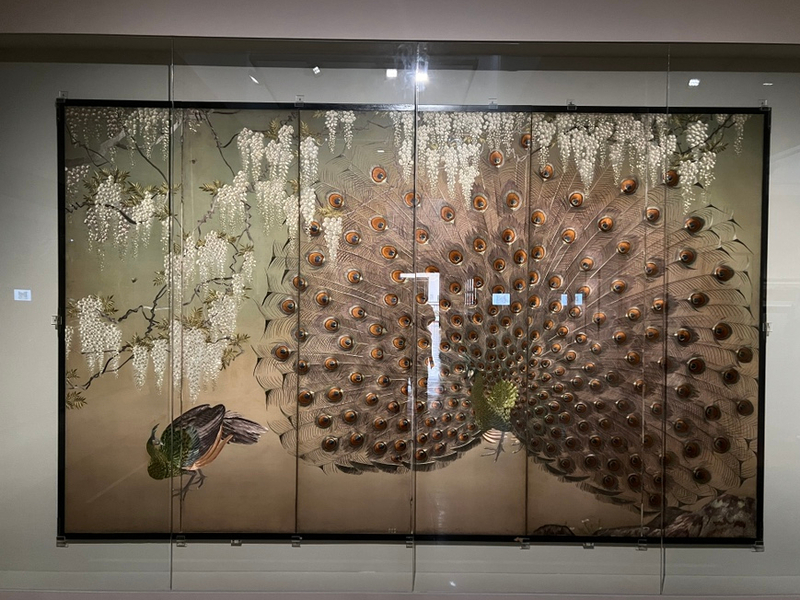
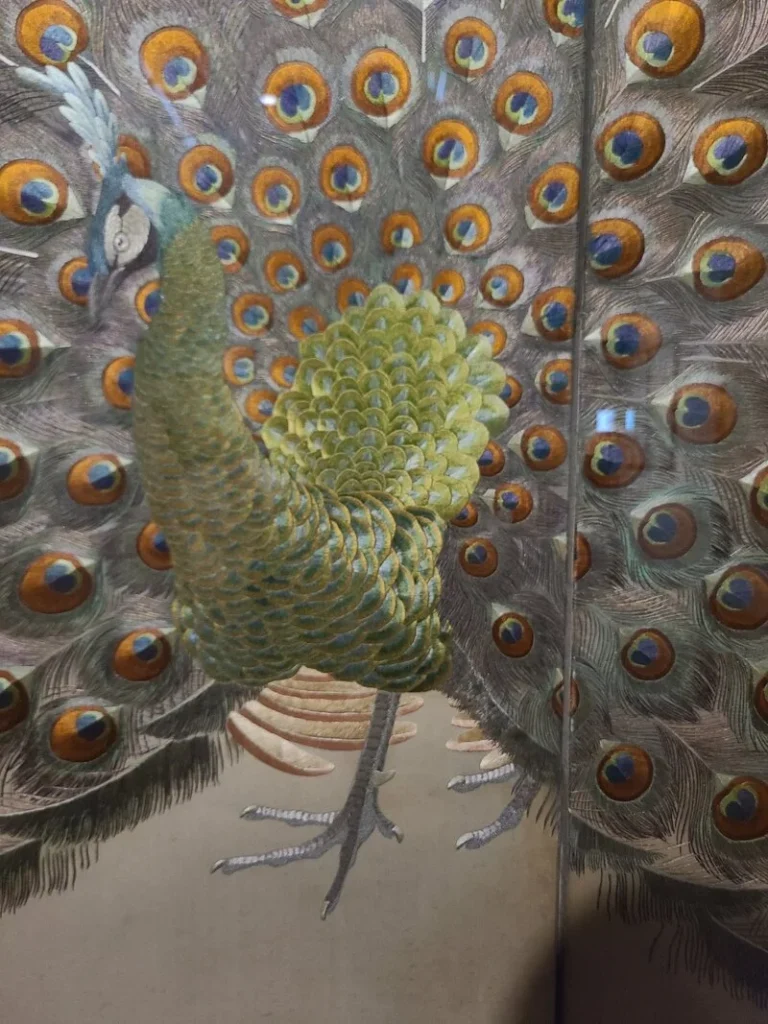

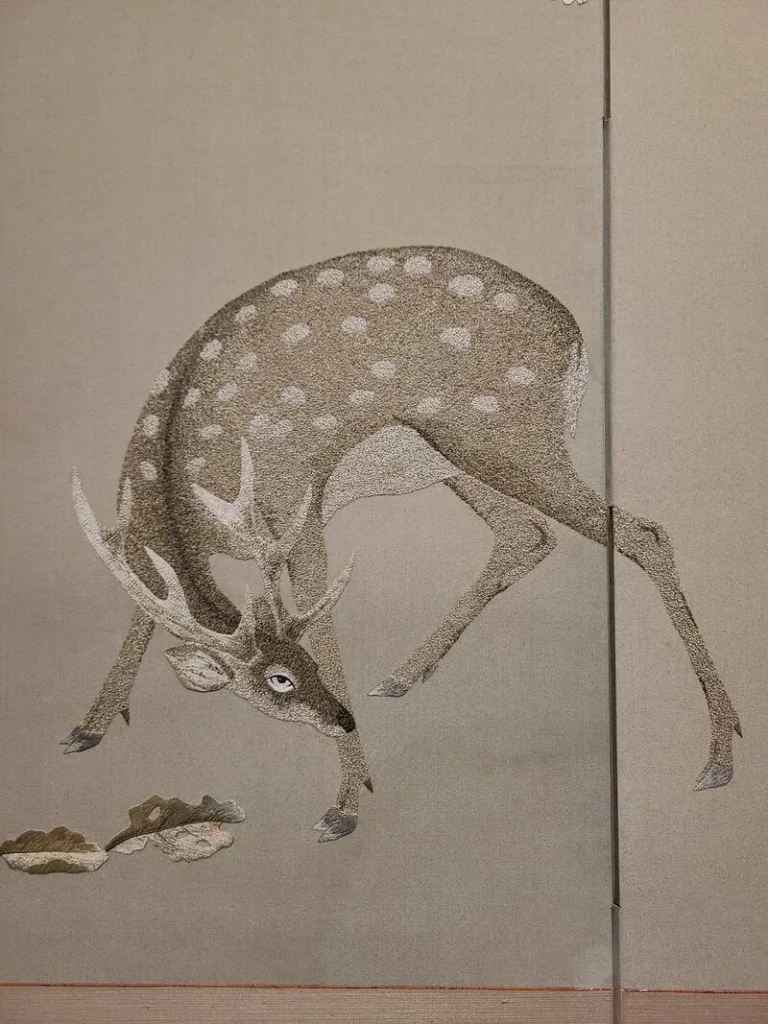
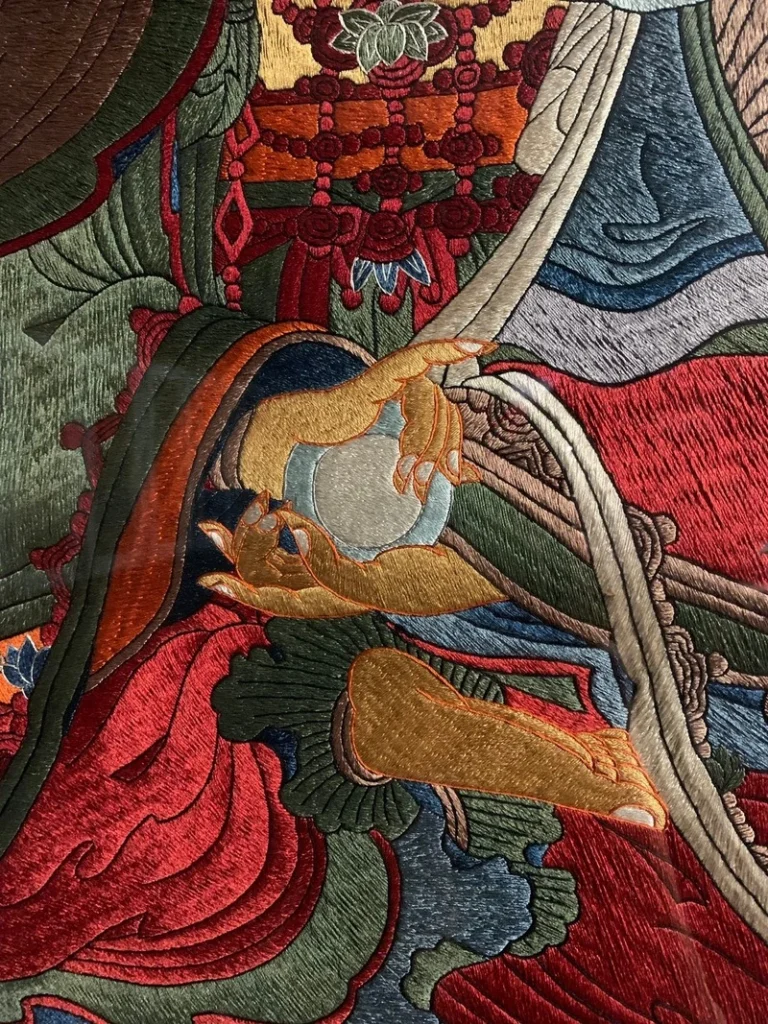
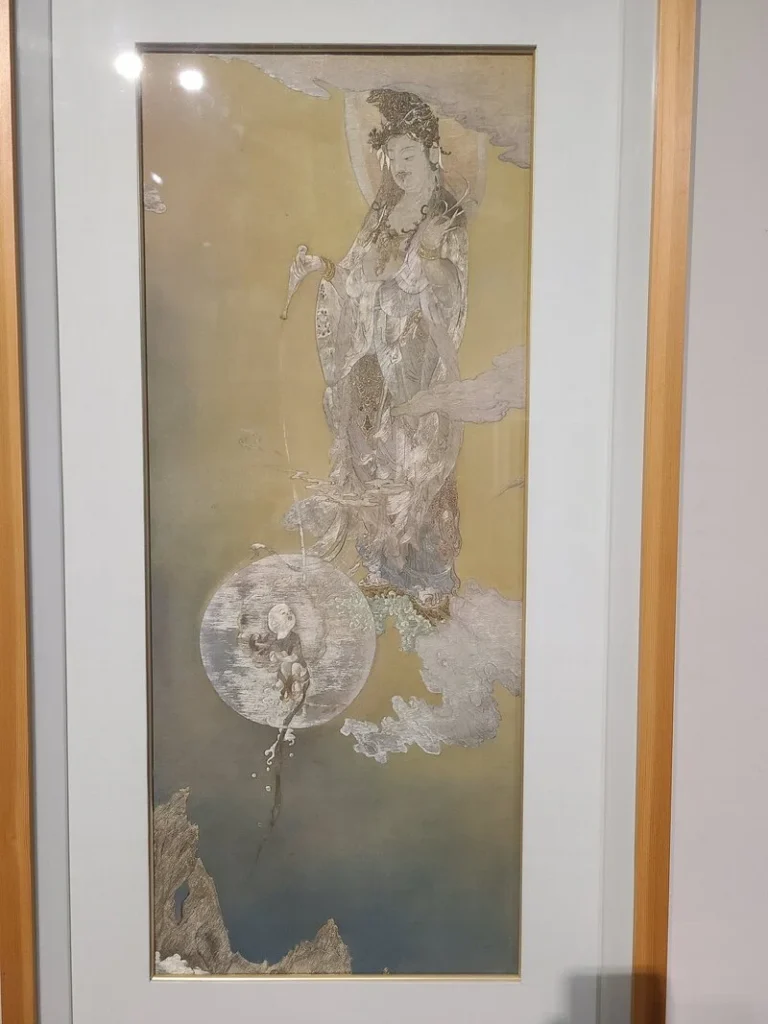
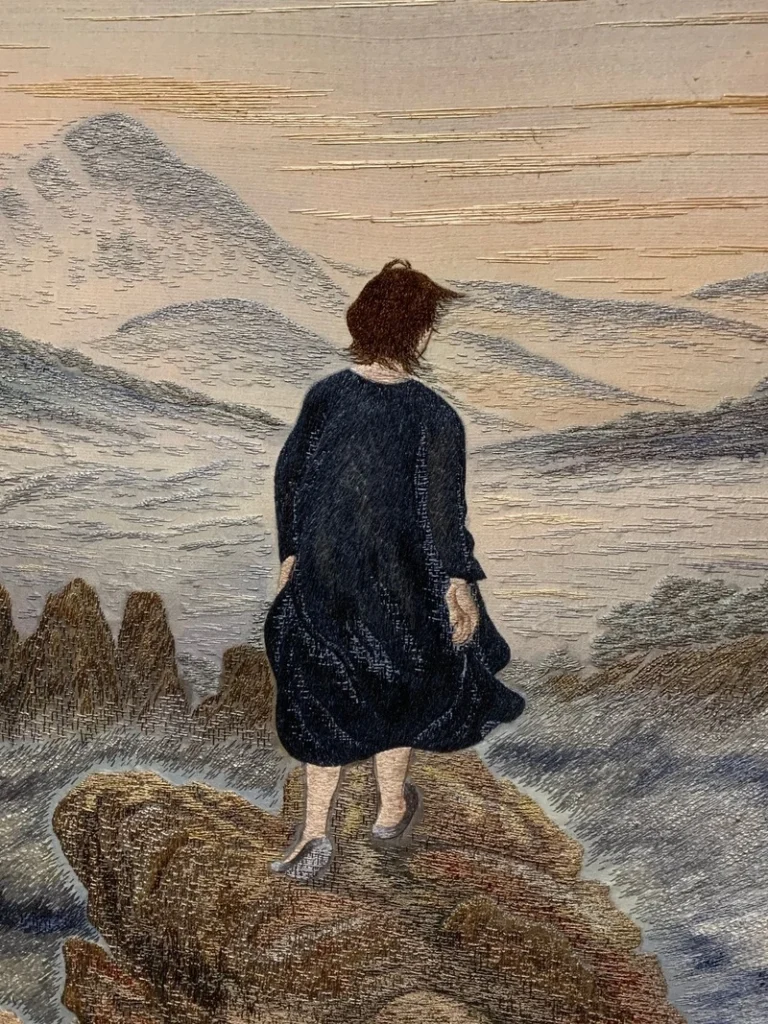
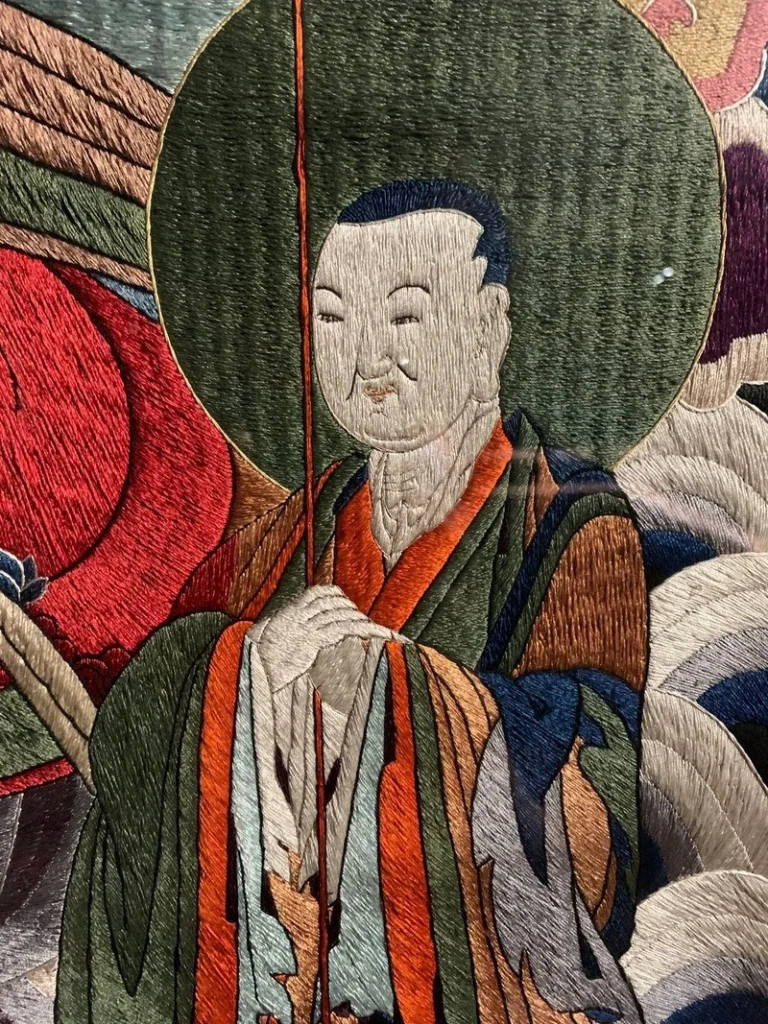
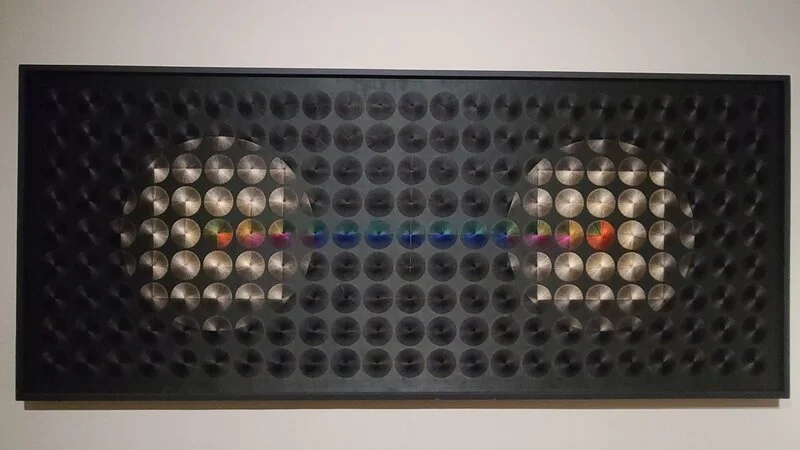
The “Korean Embroidery in Modern Times: The Birds Trying to Catch the Sun” exhibition at the National Museum of Modern and Contemporary Art, Deoksugung, has gained widespread attention on social media. Since its opening on May 1, the exhibition has gradually gained popularity and is now a trending topic on various social media platforms. The exhibition features over 170 pieces, including modern and contemporary embroidery, paintings, and embroidery books from over 60 domestic and international institutions and individuals, such as one piece from the Metropolitan Museum of Art, three from the Field Museum, and four from the Japan Folk Crafts Museum, along with more than 50 archival items. Visitors who were inspired by the photos circulating on social media and attended the exhibition in person have been uniformly impressed. This event is also a hot topic within the Korean community. Below is a summary of the exhibition planner’s commentary, followed by reactions from the community.
The Timeless Art of Embroidery
Embroidery, the art of decorating fabric with colorful threads using a needle, is one of humanity’s oldest cultural heritages. With a history spanning two thousand years, Korean embroidery has flourished, developing unique and beautiful cultural expressions through exchanges with East Asian countries. However, due to the fragile nature of the materials, very few ancient and medieval relics survive, and most artifacts referred to as “traditional embroidery” were actually produced in the late 19th and early 20th centuries. When thinking of embroidery, many often imagine these traditional pieces, particularly the “Gyubang Craft” created and enjoyed by women during the Joseon Dynasty. Modern embroidery, in contrast, seems unfamiliar, as if it lacks historical continuity. This exhibition aims to uncover and introduce lesser-known embroidery artists and their works, examining how this marginalized practice has evolved over time.
Community Reactions and Exhibition Highlights
Photos of this embroidery exhibition posted on the Korean community site theqoo have received widespread acclaim. Visitors to the exhibition have shared their thoughts, emphasizing that the three-dimensional nature of embroidery cannot be fully captured in photographs. They highlight that the shimmering texture of the embroidery threads is something that must be seen in person. Consequently, they urge others to visit the exhibition to appreciate the works firsthand. Additionally, they recommend purchasing the exhibition catalog, which is rich with detailed information compiled by embroidery experts.
Among the many stunning pieces, “Peacocks Under the Wisteria” stands out. This large embroidered screen was collaboratively created by graduating students of Sookmyung Girls’ High School over three years. It depicts a pair of peacocks leisurely strolling under blooming white wisteria. The glossy threads used in the embroidery enhance the realism of the delicate wisteria petals and the peacocks’ splendid tail feathers, capturing even the flutter of a bee’s wings. The fact that high school girls produced such a high-quality piece in 1939 is astonishing.
The Significance of Embroidery as Women’s Art
Since the founding of Joseon in 1942, Korean women’s artistic activities were largely suppressed. However, there were spaces where women could express their creativity, known as “Gyubang Art.” Embroidery was a prime example of this genre. The pieces we see today are the result of the artistic passion of women who were otherwise constrained by societal limitations. This adds a deeper layer of meaning to these works.
Here’s a link to theqoo.I appreciate you taking the time to read this post. Please share your thoughts in the comments!

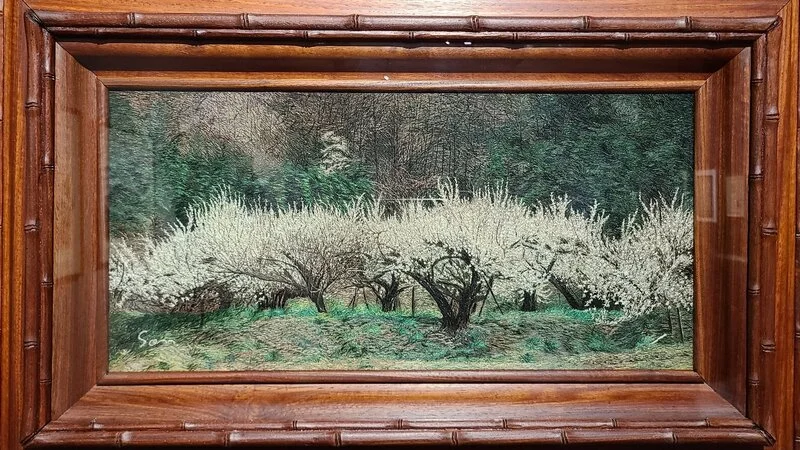
If you’re looking for a unique cultural experience in Seoul, check out the Seoul Museum of Craft Art. They have a great collection of embroidery and other crafts. It’s definitely worth checking out if you have time.